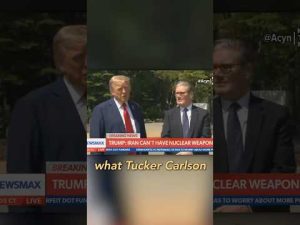In recent discussions surrounding sanctuary cities, Representative Jasmine Crockett has stirred the pot with some unexpected comments. She presented a viewpoint that many found surprising, equating discussions about crime linked to immigrants with a larger, societal issue centered around white supremacy. This bold stance caught the attention of many, who were eager to hear her thoughts as hearings on the topic continued to unfold.
Crockett took to the platform, sharing her perspective that the focus on crimes committed by immigrants was both narrow and biased. She argued that instead of highlighting any one dreadful incident, there should be a broader conversation about various forms of violence, including that perpetrated by white supremacists. It seems she feels the media and certain political factions are guilty of cherry-picking instances to serve their agendas, suggesting a double standard in how violent acts are discussed. Many were left scratching their heads, pondering how a conversation about sanctuary cities quickly morphed into issues of race and ideology.
A notable aspect of her argument was the frustration she expressed regarding the lack of hearings on other gruesome events tied to domestic terrorism, especially those linked to white supremacy. According to her, highlighting crimes by immigrants without equally addressing crime from other sources only fuels a narrative of fear. This is a contentious point, especially among those who view the safety concerns of constituents as paramount. The emphasis on one group’s actions, while brushing others aside, creates division rather than understanding.
In the wider political commentary, criticism emerged about how representatives like Crockett present themselves and their messages. Some have jokingly observed that her style and presentation are evolving into stereotypes that they find unrepresentative of nuanced discourse. It raises a critical question: Is there more to these topics, or are lawmakers simply playing roles that fit a certain narrative? This discussion highlights a larger concern about authenticity and representation in political rhetoric.
The conundrum continues as differing perspectives collide, bringing to light broader societal issues intertwined with identity politics. Can meaningful discussions occur when individuals seemingly resort to one-dimensional arguments? Just as Crockett amplified her views, many countered with their own, advocating for a balanced look at both sanctuary cities and the multifaceted issues of crime and safety. As this dialogue unfolds, citizens and representatives alike must navigate the tightrope between addressing real concerns and avoiding blanket statements that may do more harm than good.
As this debate rages on, one thing is clear: the intricacies of immigration, crime, and race are still hot topics in American society. Whether the conversations around them will lead to real solutions or merely serve to deepen divides remains to be seen. In navigating these turbulent waters, a more thoughtful approach could go a long way in bridging gaps and finding common ground. Meanwhile, observers can’t help but chuckle at the theatricality of politics, where grand speeches and fiery rhetoric often rule the day, rather than the sober reality of the issues at stake.







